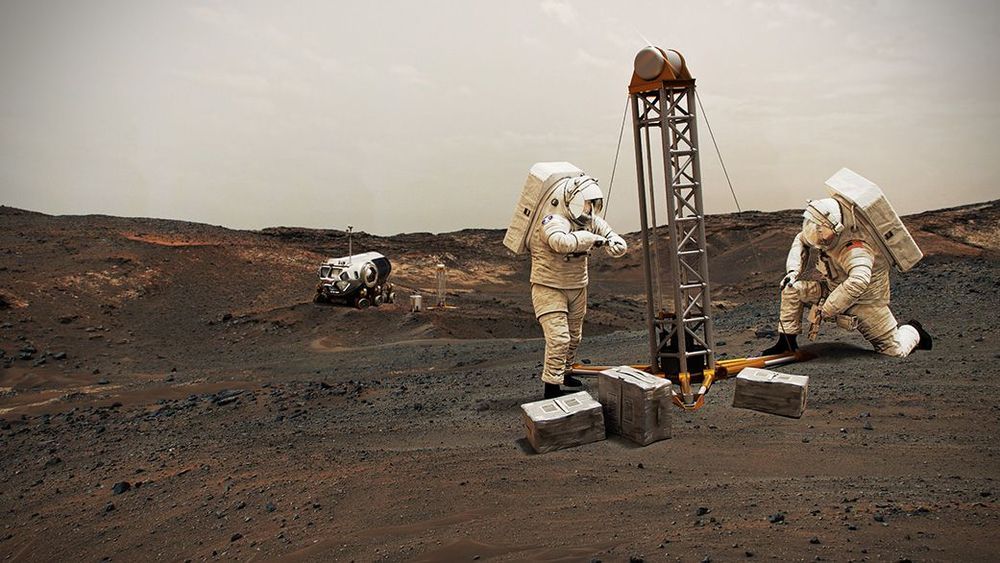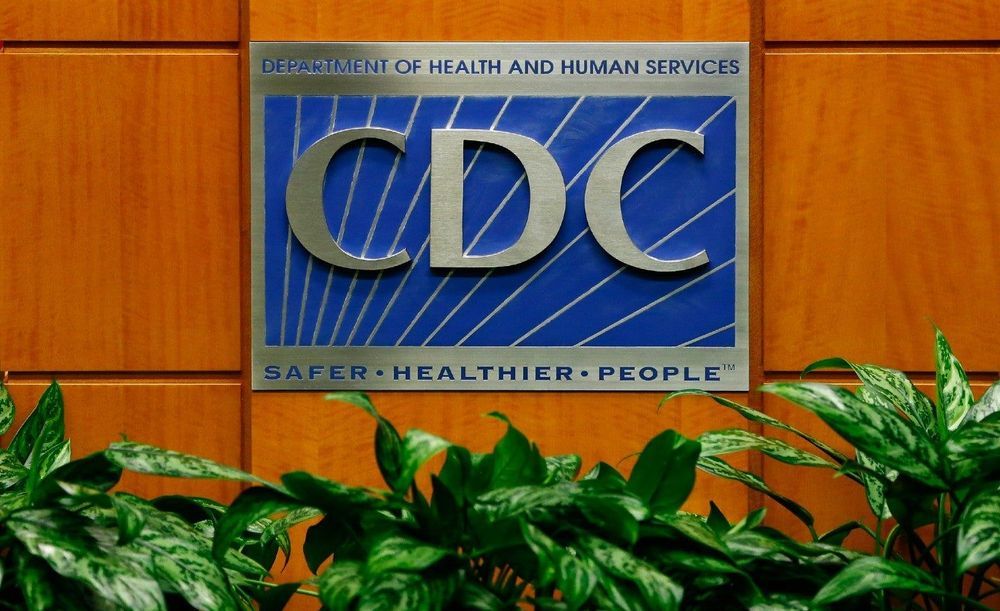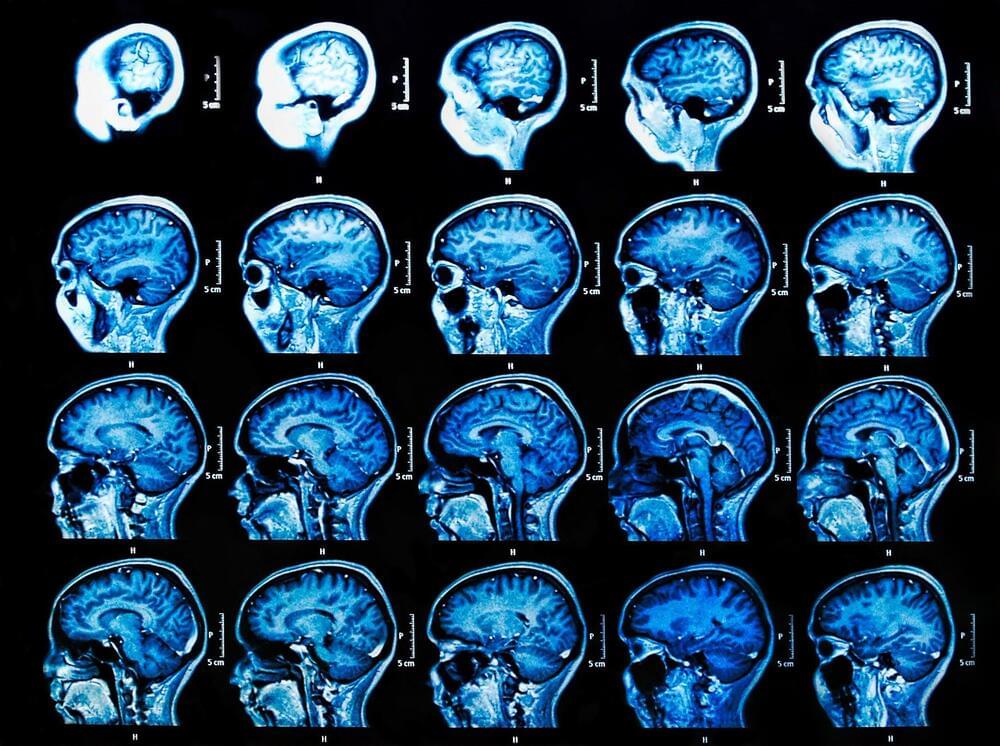Must watch astronomy events this month.
Top 5 Space Apps: https://www.secretsofuniverse.in/astronomy-apps/
How to watch the planets: https://www.secretsofuniverse.in/planet-roundup-august-2020/
The Secrets Of The Universe is a well known social media platform on Physics and Astronomy. We have over half a million followers on Facebook.
Our Online Presence
Facebook: https://www.facebook.com/secretsofuniverse/
Instagram: https://www.instagram.com/the_secrets_of_the_universe/
Website: www.secretsofuniverse.in
Twitter: https://twitter.com/cosmic_secrets
Pinterest: https://in.pinterest.com/thesecretsoftheuniverse/
Comet NEOWISE made July 2020 a memorable month. Here are the astronomy events that will occur in August 2020.









